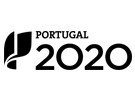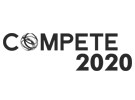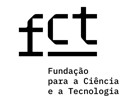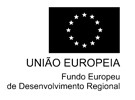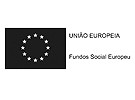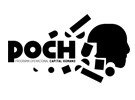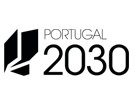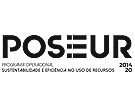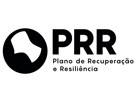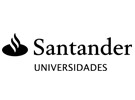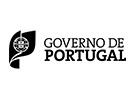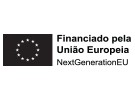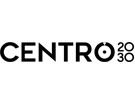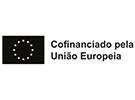



Publication in the Diário da República: Despacho nº 9183/2020 - 25/09/2020
6 ECTS; 1º Ano, 1º Semestre, 45,0 TP , Cód. 300101.
Lecturer
- João Manuel Mourão Patrício (1)
(1) Docente Responsável
(2) Docente que lecciona
Prerequisites
Not applicable.
Objectives
1. Know, implement and interpret the solutions obtained by numerical resolution methods of ordinary differential equations;
2. Know and implement numerical methods for the approximate solution of systems of linear equations;
3. Know, implement and interpret the results obtained by applying numerical methods to some types of partial differential equations;
4. Know, implement and interpret the results obtained by applying numerical methods applied to non-linear optimization problems.
Program
1. Ordinary Differential Equations
1.1. Definitions and Terminology;
1.2. 1st Order Differential Equations;
1.3. General solution of a Complete Differential Equation;
1.4. Initial Condition Problems;
1.5. Mathematical Modeling with Differential Equations;
1.6. Some Numerical Methods:
1.6.1. Euler's method;
1.6.2. Taylor methods;
1.6.3. Runge-Kutta methods.
2. Numerical Methods for Systems of Linear Equations
2.1. Direct Methods and Iterative Methods;
2.2. Jacobi, Gauss-Seidel and SOR methods;
2.3. Strictly diagonally dominant matrices and positive definite and semi-definite matrices;
2.4. Conjugate gradient method and Conjugate gradient method with preconditioning;
2.5. Sparse matrices: data structures and algorithms.
3. Partial Differential Equations
3.1. Basic concepts;
3.2. Initial Condition Problems;
3.3. Finite Difference Numerical Methods;
3.4. Application to Elliptical Problems;
3.5. Application to Parabolic Problems;
3.6. Application to Hyperbolic Problems.
4. Introduction to Nonlinear Optimization
4.1. Unconstrained Problems
4.1.1. Newton's method for nonlinear systems;
4.1.2. Local Newton method for minimization problems;
4.1.3. Quasi-Newton Methods;
4.1.4. Computational Aspects.
4.2. Constrained Problems
4.2.1. Lagrange multipliers;
4.2.2. Computational Aspects.
Evaluation Methodology
Both the continuous and final assessment consist of a computational project, prepared individually or in groups, which will have to incorporate a detailed written report and a set of lists of the software produced. The above-mentioned project must also be presented orally.
Bibliography
- Burden, R. e Faires, J. (2010). Numerical Analysis. USA: Brooks-Cole
- Canale, R. e Chapra, S. (2006). Numerical Methods For Engineers. NY: McGraw-Hill
- Heath, M. (2001). Scientific Computing: an Introductory Survey. New York: McGraw-Hill
- Wright, M. e Murray, W. e Gill, P. (2019). Practical Optimization. USA: SIAM
- Zill, D. (1989). A First Course in Differential Equations with Applications. Kent: PWS-Kent Publishing Company
Teaching Method
Theoretical lectures, with presentation and illustration of the proposed subjects. Theoretical-practical lectures in which exercises are proposed and solved.
Software used in class
Matlab/Octave, Python, GAMS.
